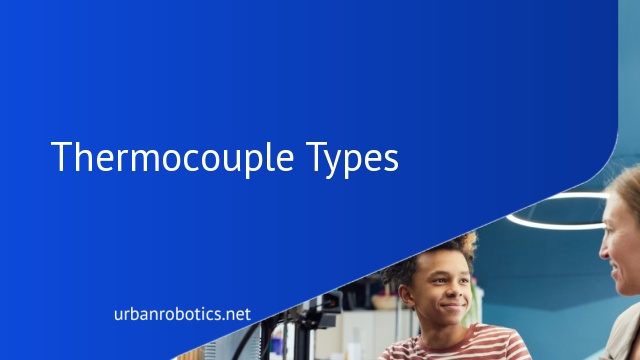A thermocouple is a device that measures temperature. The thermocouple’s two wires are connected to a heat source (a resistor or a battery) and a heat sink (a thermometer or a heat sink). The thermocouple emits a proportional current to the temperature gradient between the two points. If you’re wondering what the best thermocouple for your lab is, you’ve come to the right place. There are many different types of thermocouple, so here’s a guide to help you choose the right thermocouple for your needs.
Type K Thermocouple (Chromel/Constantan)
Type K thermocouples have Chromel and Alumel conductors. It is the most commonly used thermocouple making it a popular choice for your lab. They are inexpensive, accurate, reliable, and with a wide range of temperatures. The Chromel-Constantan thermocouples have the highest measurement sensitivity making them ideal for your lab. The accuracy ranges + or – 0.5%, making it useful for recording measurements. It has a measuring range of -200 degrees Celsius to 900 degrees Celsius. Constantan is used in thermocouples for its resistance. The compound’s resistance does not change with temperature. The resistance offers scientists reliable readings even in the worst conditions. The constantan wire is used to make thermocouples and other appliances that require that amount of resistance.
Type S Thermocouple & Type R Thermocouple
Type S and type R have a temperature range of 0 degrees Celsius to 1450 degrees Celsius. Their uncertainties range up to 0.15 degrees Celsius. There are four different models for each type. The models are designed by the Fluke Calibration primary temperature standards design team. The design team produces the broadest range of the instrument that will be useful for your lab. There are two sizes available for type S and type R. The two sizes may be with or without a reference junction. The junction serves as a measuring point for the thermocouple sensor. The type S and type R thermocouples have a four-point calibration by a fixed point. External reference junctions are used by the type S and R thermocouples because they have the highest accuracy.
How to Identify The Type Of Thermocouple
There are many types of thermocouples, each with its unique characteristics. The color of its wire insulation identifies thermocouples. They are the easiest temperature sensors to identify. Thermocouples come in a two-wire construction, while others use a 3-wire construction if a shielding wire is present.
The color codes used to identify thermocouples are:
- United States Color codes. The ANSI (American National Standards Institute)
- IEC color code.
- Redundant National colour-coding system
The ANSI color coding method is used in the United States and Canada. The red wire is negative, and the positive wire is colour coded to the thermocouple type. A type K has one red wire and one yellow wire. A type J has one red wire and one white wire. A type T has one red wire and one blue wire. A type N thermocouple has one red wire and one orange wire. A type E thermocouple has one red wire and one purple wire. Other countries use other colour coding systems. The IEC color-coding system uses the white wire as the negative wire while the positive wire changes with the thermocouple type. The British colour-coding system has blue as the negative wire. The Germans do not have a constant colour for the negative wire like other countries.
K Thermocouple Penetration Probe For
The probe with the handle HI766C was designed to measure the temperature of high-temperature substances and semi-solids. It is also known as the needle probe used to measure internal temperatures. The probe tip is inserted into the precision temperature reference to measure the internal temperatures. It takes a few seconds before the thermocouple stabilizes and shows the temperature.
Thermocouple Type B Technical Details
The positive leg of the thermocouple is composed of 70% Platinum and 30% Rhodium. The negative leg is composed of 94% Platinum and 6% Rhodium. Type B is usable from 0 degrees Celsius to 1820 degrees Celsius. Type B thermocouples should be placed in clean air environments to perform at the highest levels. Scientists should not use them in reducing atmospheres. The type B thermocouple has increased Rhodium to help reduce the grain growth problem. The Rhodium helps the thermocouple achieve a slightly increased temperature range than types S and R.





